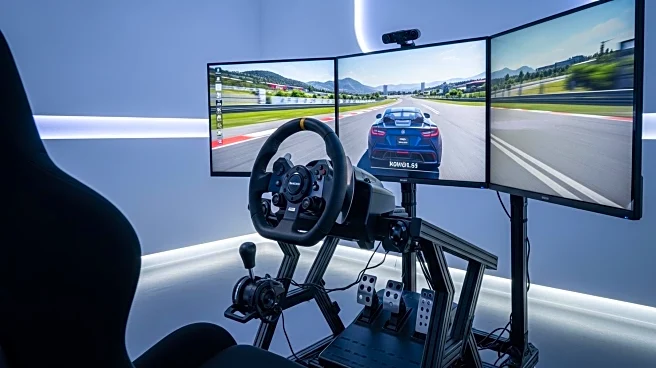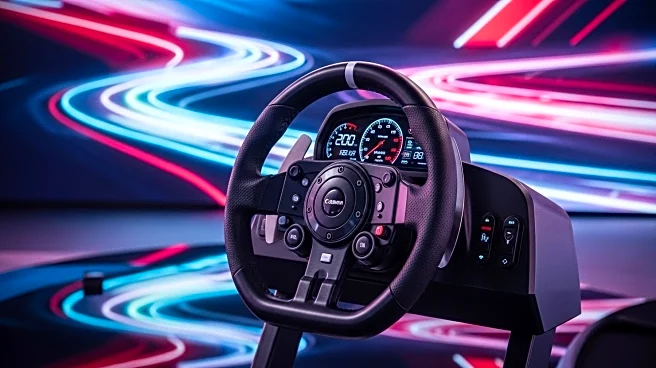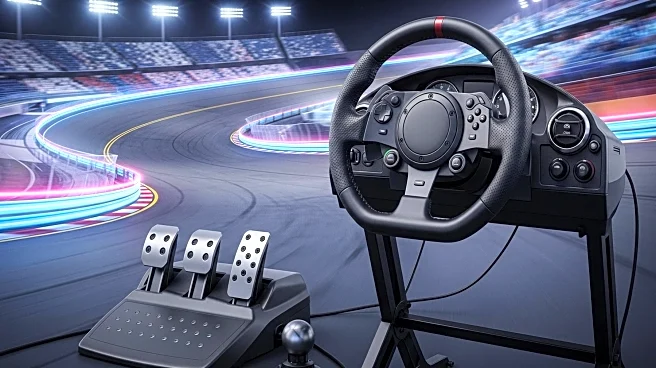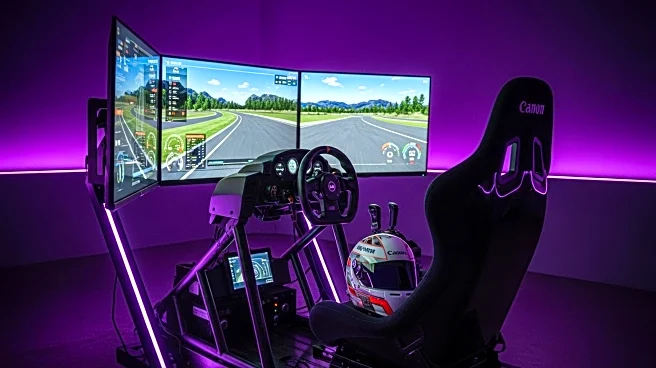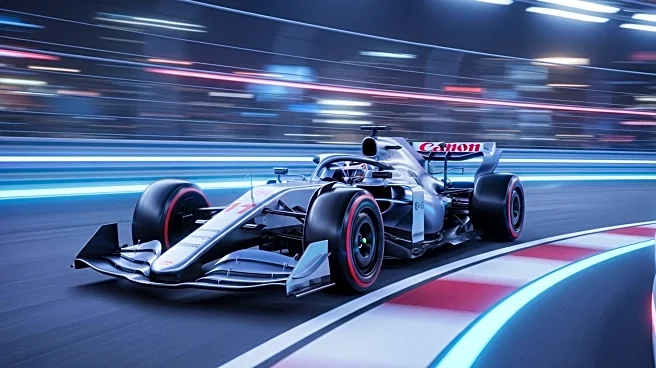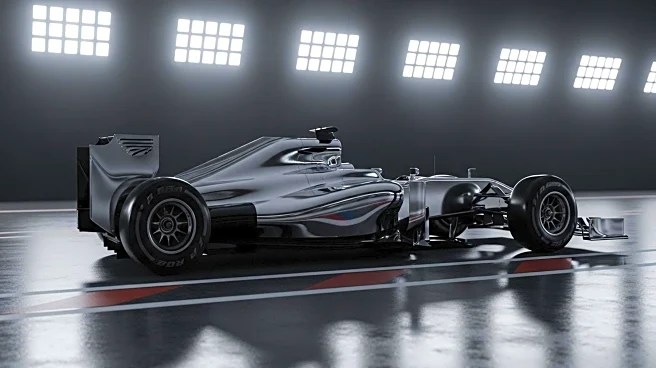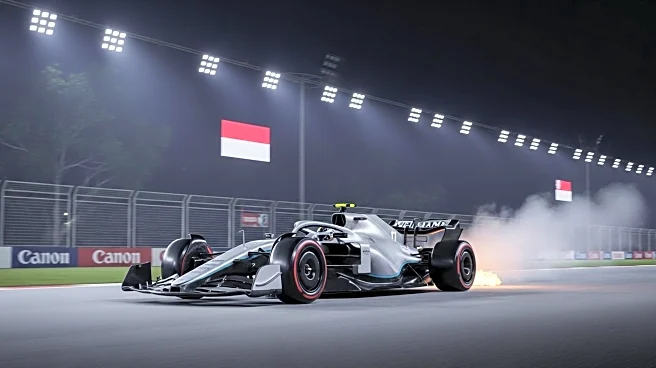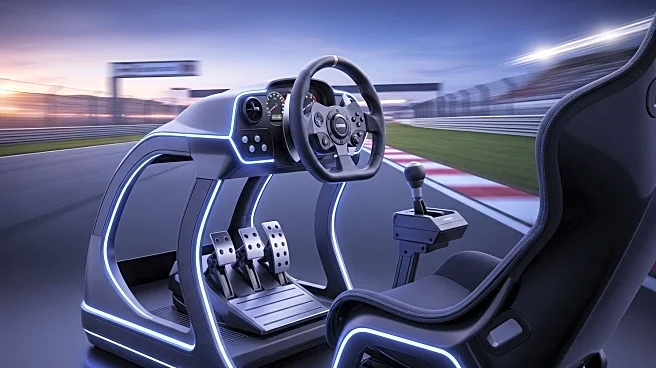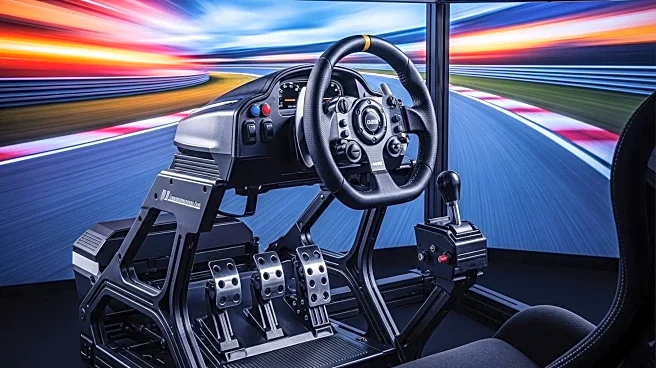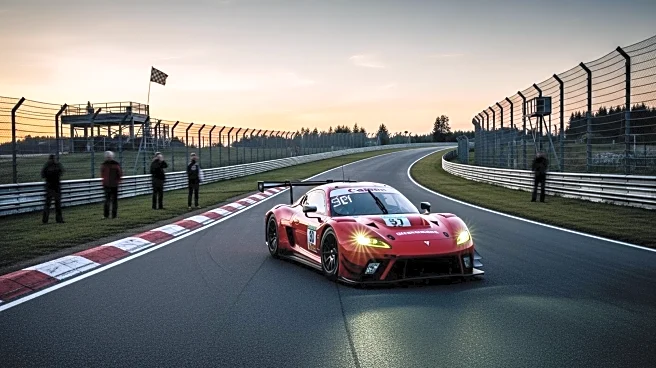What's Happening?
Max Verstappen, alongside Chris Lulham, secured a significant victory in the Nürburgring Endurance Series, driving the Emil Frey Racing’s No. 31 Ferrari 296 GT3. This win, achieved with a lead of over 20 seconds, underscores the growing influence of sim racing on real-world racing performance. Both Verstappen and Lulham have extensive experience in virtual GT3 racing, which has been instrumental in their success. The event also saw Jann Mardenborough, another sim racing veteran, finish second, further illustrating the potential of sim racing as a training ground for professional drivers. Misha Charoudin, a Nürburgring content creator, suggests that sim racing could become a mandatory step for aspiring professional racers.
Why It's Important?
The success of drivers like Verstappen and Mardenborough highlights a shift in how racing talent is developed. Sim racing offers a cost-effective and accessible platform for honing driving skills, potentially democratizing access to professional racing careers. This could lead to a broader pool of talent entering the sport, challenging traditional pathways that often require significant financial investment. The integration of sim racing into professional training could also drive technological advancements in both virtual and real-world racing environments, influencing how teams scout and develop new talent.
What's Next?
As sim racing continues to prove its value, more racing teams may incorporate it into their training programs. This could lead to increased investment in sim racing technology and infrastructure, as well as partnerships between sim racing platforms and professional racing teams. The racing industry might also see a shift in how talent is scouted, with sim racing performance becoming a key metric. Additionally, regulatory bodies could begin to formalize the role of sim racing in driver licensing and qualification processes.
Beyond the Headlines
The rise of sim racing as a legitimate training tool raises questions about the future of traditional racing academies and the financial barriers associated with them. It also prompts a reevaluation of what constitutes 'real' racing experience, potentially challenging long-held perceptions within the motorsport community. As sim racing technology continues to evolve, it may also influence the design and strategy of real-world racing, blurring the lines between virtual and physical competition.

